Home>Furniture & Design>Bathroom Accessories>How To Unclog A Bathtub Drain With Vinegar And Baking Soda
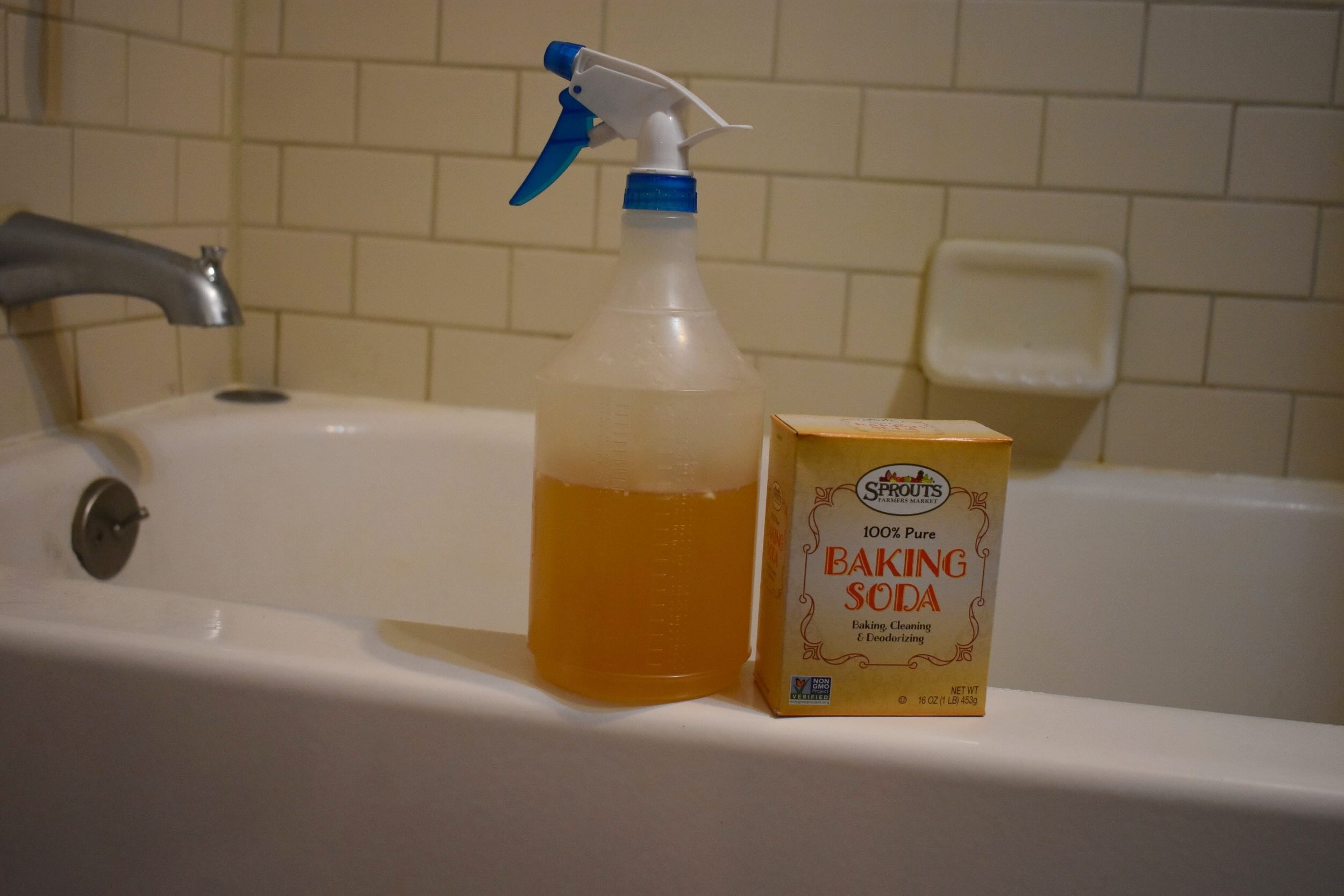

Bathroom Accessories
How To Unclog A Bathtub Drain With Vinegar And Baking Soda
Published: February 20, 2024
Learn how to unclog a bathtub drain using vinegar and baking soda. Keep your bathroom accessories clean and free from clogs with this simple DIY method.
(Many of the links in this article redirect to a specific reviewed product. Your purchase of these products through affiliate links helps to generate commission for Storables.com, at no extra cost. Learn more)
Introduction
A clogged bathtub drain can be a major inconvenience, disrupting the flow of your daily routine and causing frustration. Whether it's due to hair, soap scum, or other debris, a clogged drain can quickly escalate from a minor annoyance to a significant problem. However, before reaching for harsh chemicals or calling a plumber, there's a simple and eco-friendly solution that you can try at home: using vinegar and baking soda to unclog the drain.
This natural and effective method has been passed down through generations, and for good reason. Vinegar and baking soda, when combined, create a powerful fizzing reaction that can help break down and dislodge the gunk that's causing the blockage. Not only is this approach gentle on your pipes and the environment, but it's also a cost-effective alternative to commercial drain cleaners.
In this comprehensive guide, we'll walk you through the step-by-step process of using vinegar and baking soda to unclog your bathtub drain. From understanding the nature of the clog to gathering the necessary materials and executing each step with precision, you'll gain the knowledge and confidence to tackle this common household issue on your own.
By the end of this guide, you'll have a clear understanding of how to harness the power of these everyday household items to restore proper drainage to your bathtub. So, roll up your sleeves and get ready to bid farewell to that stubborn clog as we embark on this DIY journey together.
Key Takeaways:
- Say goodbye to stubborn bathtub clogs with a simple and eco-friendly solution: vinegar and baking soda. This dynamic duo breaks down debris without harsh chemicals, restoring smooth drainage and saving you money.
- By understanding clog composition and using household items like vinegar and baking soda, you can tackle bathtub clogs with confidence. This natural approach is effective, eco-friendly, and empowers you to maintain a smoothly functioning household.
Understanding the clog
Before diving into the process of unclogging a bathtub drain with vinegar and baking soda, it's essential to understand the nature of the clog. Bathtub drains commonly become obstructed due to a buildup of hair, soap residue, and other debris that accumulates over time. As water flows through the drain, these materials can become entangled and form a stubborn blockage, impeding the smooth passage of water.
The accumulation of hair is a primary culprit in bathtub drain clogs. As we shower or bathe, loose strands of hair naturally shed and find their way into the drain. Over time, these strands can intertwine and combine with soap scum, dirt, and other particles, creating a dense mass that restricts water flow. Additionally, the residue from shampoos, conditioners, and body washes can contribute to the buildup, exacerbating the clogging issue.
Understanding the composition of the clog is crucial for determining the most effective approach to clearing it. In the case of a hair-based clog, traditional chemical drain cleaners may not be as effective, as they primarily target organic matter. Harsh chemicals can also pose risks to both your health and the environment. This is where the natural cleaning power of vinegar and baking soda comes into play.
Vinegar, a mild acid, can help dissolve the organic materials contributing to the clog, while baking soda, a gentle abrasive, aids in dislodging the debris. When combined, these two household staples create a fizzy reaction that can penetrate the clog and break it down, restoring proper drainage to the bathtub.
By gaining insight into the composition of the clog, you'll be better equipped to address it effectively. With this understanding in mind, you can proceed confidently to gather the necessary materials and embark on the process of unclogging your bathtub drain using vinegar and baking soda.
Materials needed
To embark on the journey of unclogging your bathtub drain with vinegar and baking soda, you'll need a few essential materials that are likely already in your kitchen or readily available at a local store. These items are not only effective in tackling the clog, but they are also safe for both your plumbing and the environment. Here's what you'll need:
-
Baking Soda: This versatile household staple serves as a gentle abrasive that can help dislodge the debris causing the clog. Baking soda, also known as sodium bicarbonate, is renowned for its cleaning and deodorizing properties. Its mild abrasive nature makes it an ideal candidate for breaking down the buildup in your drain without causing damage.
-
Vinegar: White vinegar, a common ingredient in cooking and cleaning, is a mild acid that can aid in dissolving organic materials such as hair and soap residue. When combined with baking soda, it triggers a fizzy chemical reaction that can help dislodge the clog and restore proper drainage. Its natural acidic properties make it a safe and effective alternative to harsh chemical drain cleaners.
-
Boiling Water: Boiling water serves as a powerful flushing agent that can help clear the remnants of the clog once the vinegar and baking soda have done their work. The high temperature of the water can help dislodge any remaining debris and wash it away, leaving your drain free-flowing and unobstructed.
-
Rubber Stopper or Drain Cover: To contain the fizzing action of the vinegar and baking soda within the drain, a rubber stopper or drain cover is essential. This containment allows the chemical reaction to concentrate within the drain, maximizing its effectiveness in breaking down the clog.
-
Measuring Cup or Spoon: While not absolutely necessary, a measuring cup or spoon can help ensure that you use the appropriate amounts of baking soda and vinegar for the process. Precise measurements can optimize the chemical reaction, enhancing its ability to tackle the clog effectively.
By gathering these simple yet effective materials, you'll be well-prepared to take on the task of unclogging your bathtub drain using the power of vinegar and baking soda. With these items in hand, you're ready to proceed to the next steps and restore proper drainage to your bathtub without the need for harsh chemicals or professional assistance.
Step 1: Remove any visible debris
Before initiating the process of unclogging your bathtub drain with vinegar and baking soda, it's crucial to begin by removing any visible debris that may be contributing to the blockage. Over time, hair, soap scum, and other particles can accumulate near the surface of the drain, impeding water flow and exacerbating the clogging issue. By addressing this visible debris, you can create a clearer pathway for the subsequent steps of the unclogging process.
To start, carefully inspect the drain and its immediate surroundings for any hair, soap residue, or other visible debris. Using a pair of gloves, if available, and a pair of tweezers or needle-nose pliers, gently extract any visible material that may be obstructing the drain. Be mindful not to push the debris further into the drain as you work to clear the area.
Next, consider using a drain cover or hair catcher to prevent future buildup of debris in the drain. These simple yet effective devices can trap hair and other particles before they have the chance to accumulate and contribute to a clog. By implementing preventive measures, you can minimize the likelihood of encountering a stubborn clog in the future, saving yourself time and effort in the long run.
By diligently removing any visible debris and implementing preventive measures, you set the stage for the subsequent steps of the unclogging process. This proactive approach not only helps address the immediate issue at hand but also contributes to the long-term maintenance of your bathtub drain. With the visible debris cleared and preventive measures in place, you're now prepared to proceed to the next steps of using vinegar and baking soda to tackle the clog and restore proper drainage to your bathtub.
Step 2: Pour baking soda down the drain
With the visible debris cleared and preventive measures in place, it's time to introduce the first component of the dynamic duo: baking soda. This humble yet powerful ingredient is a staple in countless households, renowned for its versatility in cleaning and deodorizing. When it comes to unclogging a bathtub drain, baking soda's mild abrasive nature makes it an ideal candidate for breaking down the buildup that's causing the blockage.
To begin, measure out approximately 1/2 cup of baking soda. While precise measurements are not critical, using an appropriate amount can optimize the effectiveness of the unclogging process. Once you have the baking soda ready, carefully pour it down the drain, ensuring that it makes its way past the drain cover or stopper and into the depths of the plumbing.
As the baking soda travels down the drain, it begins its work of loosening and dislodging the debris that's contributing to the clog. Its mild abrasive properties help to break apart the accumulation of hair, soap residue, and other particles, creating a pathway for the subsequent step in the unclogging process.
The introduction of baking soda sets the stage for the chemical reaction that will unfold when it combines with vinegar. This fizzy and dynamic interaction is the key to penetrating the clog and restoring proper drainage to your bathtub. As the baking soda settles in the drain, it prepares the way for the next crucial step: the introduction of vinegar.
By pouring baking soda down the drain, you're taking a proactive step toward addressing the clog using a gentle and eco-friendly approach. This simple yet effective act sets the foundation for the subsequent phase of the unclogging process, bringing you one step closer to reclaiming unobstructed flow in your bathtub drain. With the baking soda in place, it's time to introduce its partner in this natural cleaning powerhouse: vinegar.
To unclog a bathtub drain with vinegar and baking soda, pour 1/2 cup of baking soda followed by 1/2 cup of vinegar down the drain. Let it sit for 30 minutes, then flush with hot water. Repeat if necessary.
Read more: How To Unclog Bathtub With Baking Soda
Step 3: Pour vinegar down the drain
As the baking soda settles in the drain, it's time to introduce its dynamic partner in the unclogging process: vinegar. White vinegar, a staple in both culinary and cleaning applications, possesses natural acidic properties that make it a valuable ally in combating stubborn clogs. When combined with baking soda, vinegar triggers a fizzy chemical reaction that can penetrate the clog and help dislodge the debris, paving the way for restored drainage in your bathtub.
To begin this pivotal step, you'll need approximately 1/2 cup of white vinegar. With the baking soda already present in the drain, carefully pour the vinegar down the drain, ensuring that it comes into contact with the baking soda. As the vinegar meets the baking soda, you'll witness a lively fizzing reaction, a visual testament to the powerful chemical interaction taking place within the confines of your drain.
This fizzy reaction is more than just a captivating display; it's the manifestation of the vinegar and baking soda working in tandem to break down the stubborn clog. The fizzing action helps to dislodge the accumulated hair, soap residue, and other debris, gradually freeing the pathway for water to flow smoothly through the drain once again.
As the vinegar and baking soda continue their dynamic dance within the drain, the chemical reaction works its way through the clog, targeting and dissolving the organic materials that have contributed to the blockage. This natural and eco-friendly approach not only addresses the immediate clogging issue but also does so without the use of harsh chemicals that can pose risks to your health and the environment.
The introduction of vinegar marks a pivotal moment in the unclogging process, harnessing the natural cleaning power of this household staple to combat the stubborn clog in your bathtub drain. With the vinegar and baking soda actively engaging with the debris, you're one step closer to witnessing the results of this eco-friendly and effective approach to restoring proper drainage to your bathtub.
Step 4: Let the mixture sit
After the exhilarating fizzing reaction triggered by the combination of vinegar and baking soda, it's time to allow the mixture to work its magic within the confines of your drain. This crucial step involves exercising patience as the dynamic duo continues to penetrate the clog and break down the accumulated debris.
As the vinegar and baking soda interact with the clog, their combined forces work to dissolve and dislodge the hair, soap residue, and other particles that have obstructed the flow of water through your bathtub drain. This process is not instantaneous; it requires time for the chemical reaction to unfold and for the stubborn clog to yield to the gentle yet effective cleaning power of these household staples.
During this period of waiting, it's beneficial to refrain from using the affected bathtub to allow the mixture to remain undisturbed within the drain. By giving the vinegar and baking soda ample time to work their way through the clog, you're maximizing the potential for a successful unclogging outcome.
The duration for letting the mixture sit can vary, but allowing it to remain undisturbed for at least 30 minutes is recommended. This timeframe provides the necessary window for the chemical reaction to take effect and for the debris to be thoroughly loosened and broken down.
As you patiently await the completion of this crucial step, you can take comfort in knowing that the natural and eco-friendly approach you've chosen is actively addressing the clogging issue without the need for harsh chemicals or professional intervention. This period of waiting is a testament to your proactive and resourceful approach to maintaining your household, and it brings you one step closer to reclaiming unobstructed flow in your bathtub drain.
By allowing the mixture of vinegar and baking soda to sit and work its magic, you're demonstrating a commitment to harnessing the power of natural cleaning agents to address common household challenges. With this pivotal step underway, you're poised to witness the culmination of the unclogging process as you prepare for the final phase of restoring proper drainage to your bathtub.
Step 5: Flush with hot water
After patiently allowing the mixture of vinegar and baking soda to work its magic within the drain, it's time to bring the unclogging process to its culmination by flushing the system with hot water. This final step serves as the decisive action that clears away the remnants of the clog, ensuring that your bathtub drain is free-flowing and unobstructed.
To initiate the flushing process, begin by heating a pot or kettle of water to near-boiling temperature. The high temperature of the water is instrumental in dislodging any remaining debris and washing it away, leaving your drain clear and unencumbered. Once the water reaches the desired temperature, carefully pour it down the drain, allowing it to flow through the plumbing and carry away the remnants of the clog.
As the hot water courses through the drain, it serves as a potent flushing agent, effectively clearing the pathway for unimpeded water flow. The high temperature helps to dissolve any residual organic matter and soap residue, ensuring that the drain is thoroughly cleansed and restored to its optimal functionality.
The introduction of hot water also serves to further activate the cleaning properties of the vinegar and baking soda mixture, enhancing its ability to break down and dislodge any lingering debris. This synergistic combination of natural cleaning agents, coupled with the flushing action of hot water, ensures a comprehensive and thorough cleansing of your bathtub drain.
As the hot water completes its journey through the plumbing, you may hear the satisfying sound of unobstructed drainage, signaling the successful culmination of the unclogging process. The once-stubborn clog has been effectively addressed through the gentle yet powerful combination of vinegar, baking soda, and hot water, restoring proper functionality to your bathtub drain.
With the flushing process complete, take a moment to revel in the success of your DIY unclogging endeavor. You've demonstrated resourcefulness, environmental consciousness, and a proactive approach to household maintenance, all while achieving a tangible and satisfying outcome. The natural and eco-friendly method you've employed has not only resolved the clogging issue but has also contributed to the long-term well-being of your plumbing system and the environment.
As you bask in the restored functionality of your bathtub drain, you can take pride in your ability to tackle common household challenges with ingenuity and effectiveness. By embracing the power of natural cleaning agents and the simple yet potent action of hot water, you've reclaimed unobstructed flow in your bathtub drain, setting the stage for continued enjoyment and convenience in your daily routine.
Conclusion
In conclusion, the process of unclogging a bathtub drain with vinegar and baking soda offers a compelling blend of effectiveness, eco-friendliness, and simplicity. By understanding the nature of the clog and employing readily available household materials, you can address this common household challenge with confidence and success.
The journey begins with the recognition of the composition of the clog, often attributed to hair, soap residue, and other debris. This understanding sets the stage for the strategic use of baking soda and vinegar, two household staples that, when combined, create a dynamic and natural cleaning powerhouse.
The step-by-step process unfolds with the removal of visible debris, the introduction of baking soda to dislodge the buildup, the addition of vinegar to trigger a fizzy reaction, and the patient waiting period as the mixture penetrates the clog. The culmination is marked by the decisive action of flushing the system with hot water, effectively clearing the remnants of the clog and restoring unobstructed flow to the bathtub drain.
This natural and eco-friendly approach not only addresses the immediate clogging issue but also contributes to the long-term maintenance of your plumbing system. By harnessing the power of vinegar and baking soda, you've demonstrated a commitment to environmental consciousness and resourcefulness in maintaining your household.
As you revel in the restored functionality of your bathtub drain, take pride in your ability to tackle common household challenges with ingenuity and effectiveness. The natural and eco-friendly method you've employed has not only resolved the clogging issue but has also contributed to the long-term well-being of your plumbing system and the environment.
By embracing the power of natural cleaning agents and the simple yet potent action of hot water, you've reclaimed unobstructed flow in your bathtub drain, setting the stage for continued enjoyment and convenience in your daily routine. This DIY approach not only saves you from the use of harsh chemicals but also empowers you to address clogging issues with a sustainable and effective solution.
In essence, the process of unclogging a bathtub drain with vinegar and baking soda is a testament to the efficacy of natural cleaning methods and the empowerment of individuals to address common household challenges in a sustainable and proactive manner. With this knowledge and approach in your arsenal, you're well-equipped to maintain a smoothly functioning household while minimizing your environmental impact.
Frequently Asked Questions about How To Unclog A Bathtub Drain With Vinegar And Baking Soda
Was this page helpful?
At Storables.com, we guarantee accurate and reliable information. Our content, validated by Expert Board Contributors, is crafted following stringent Editorial Policies. We're committed to providing you with well-researched, expert-backed insights for all your informational needs.
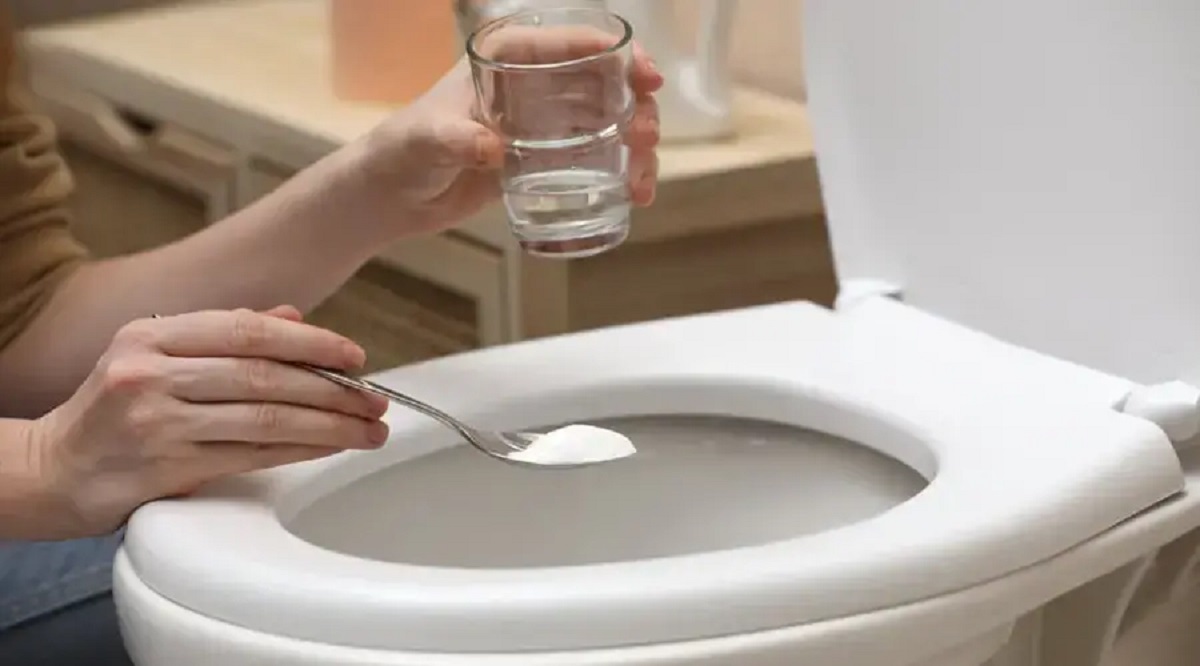
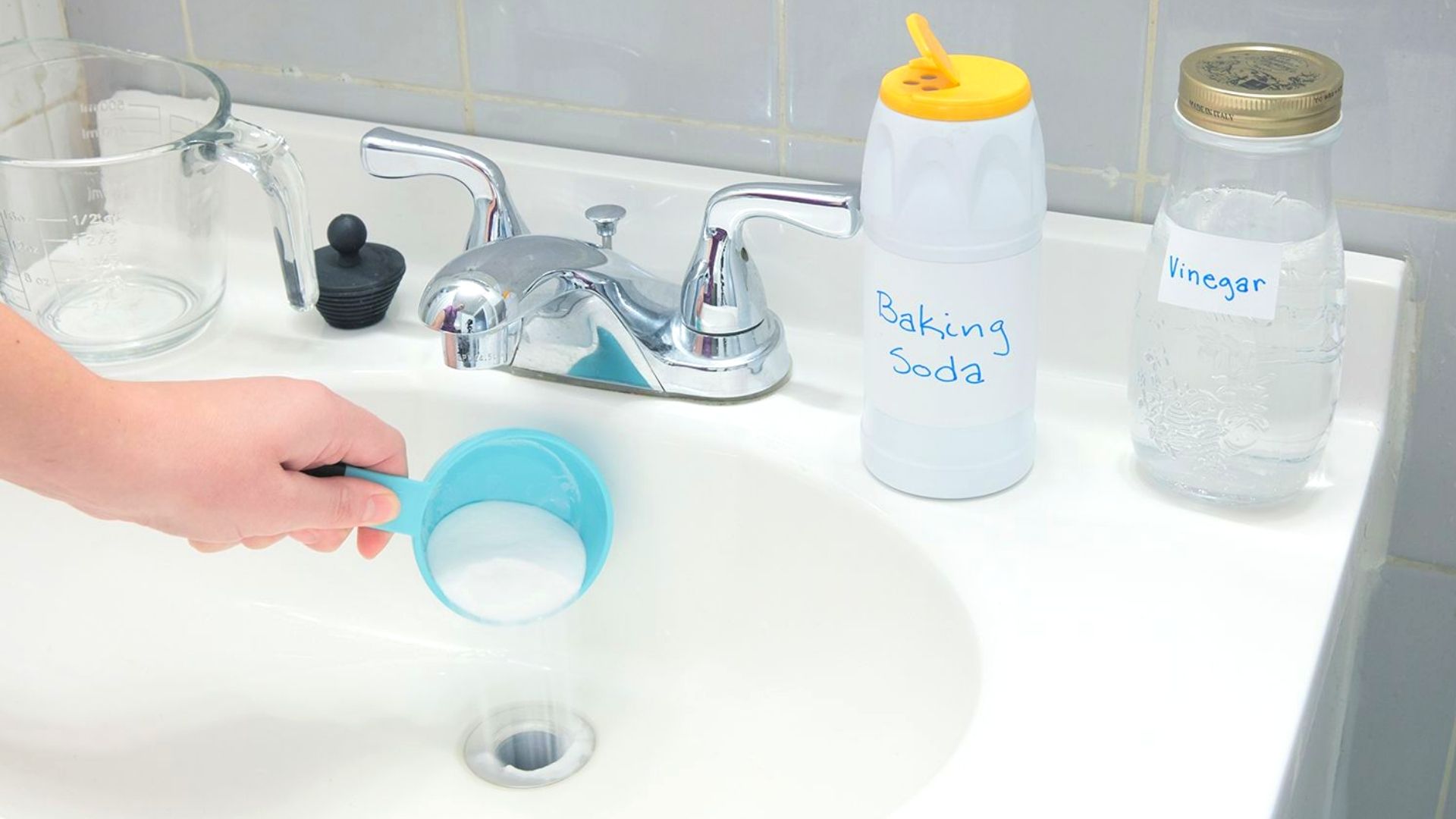
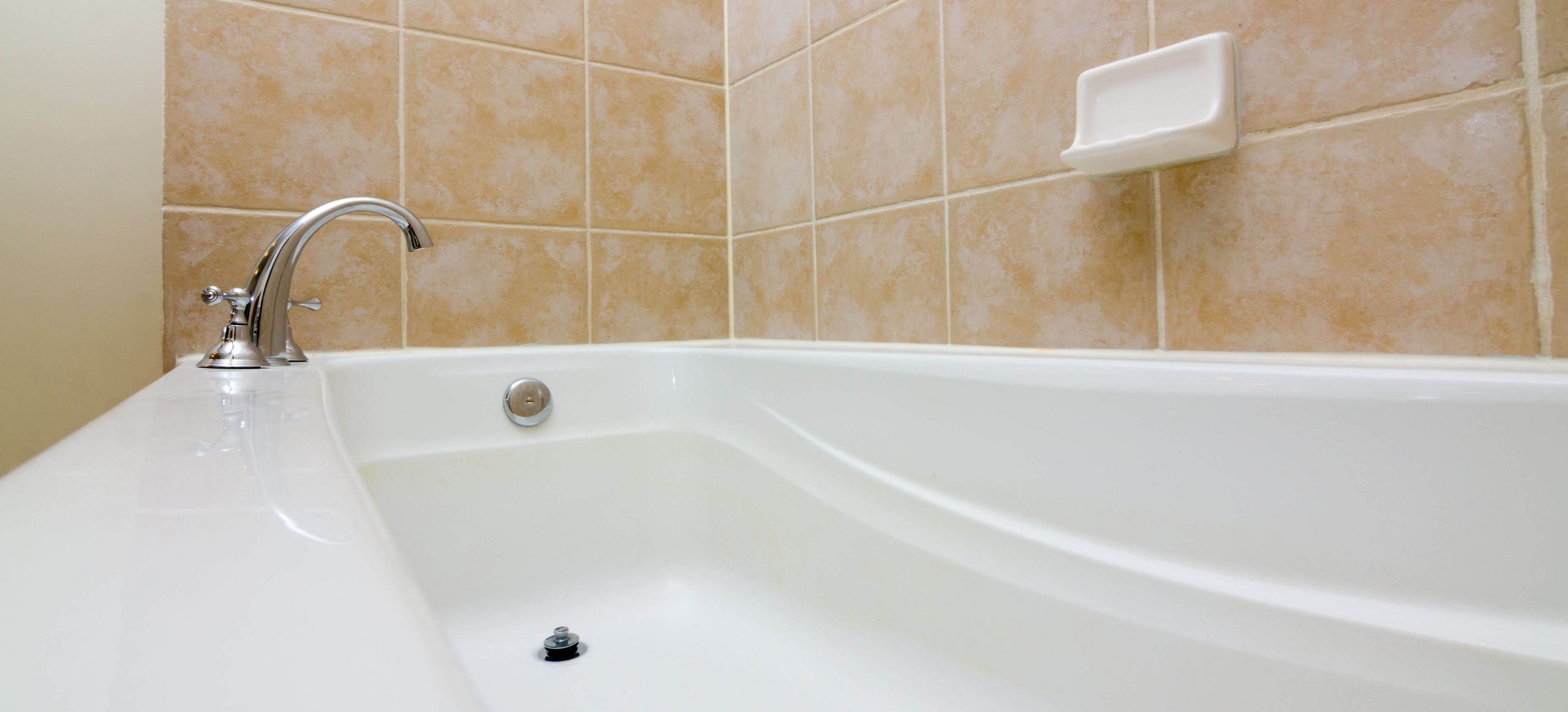
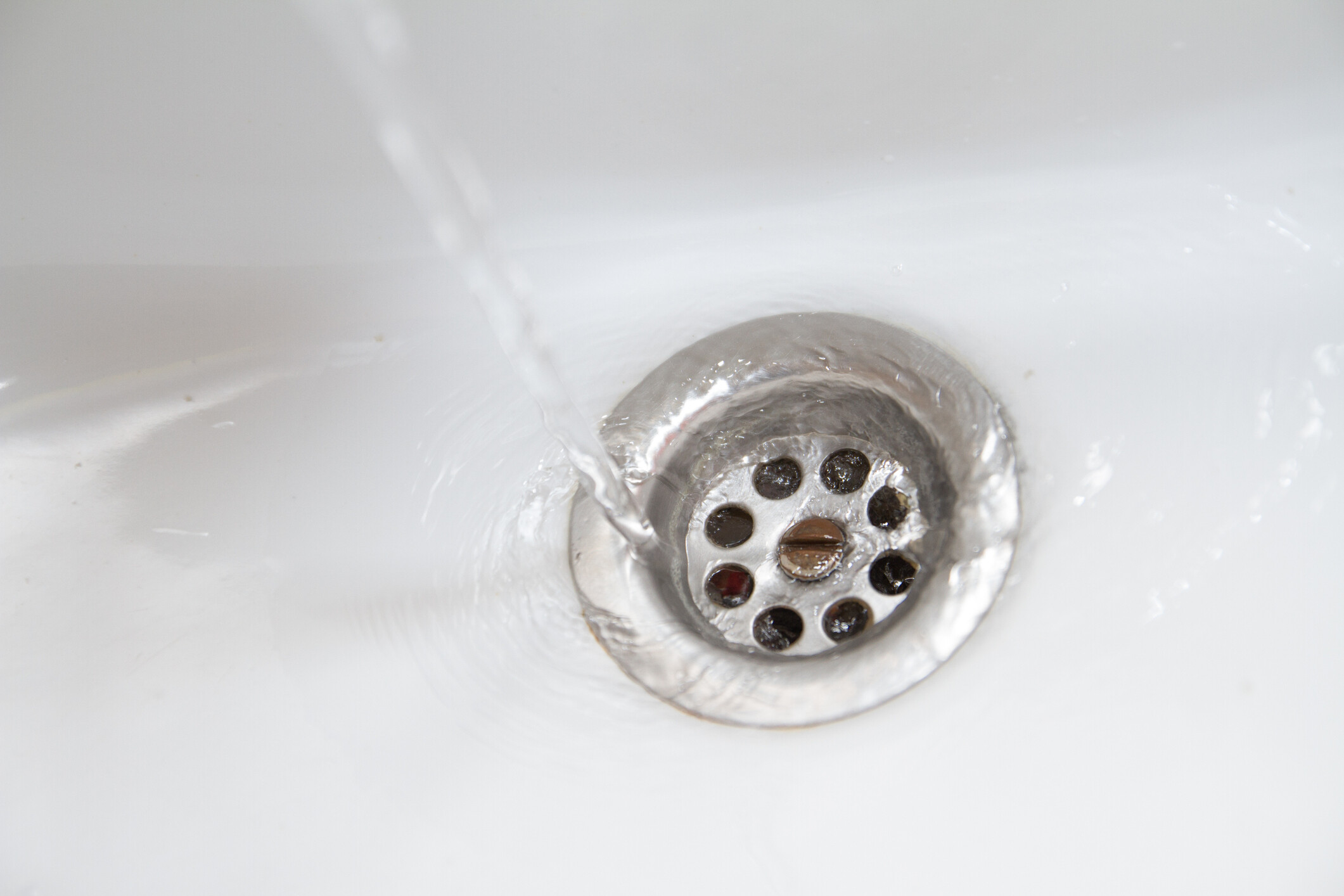
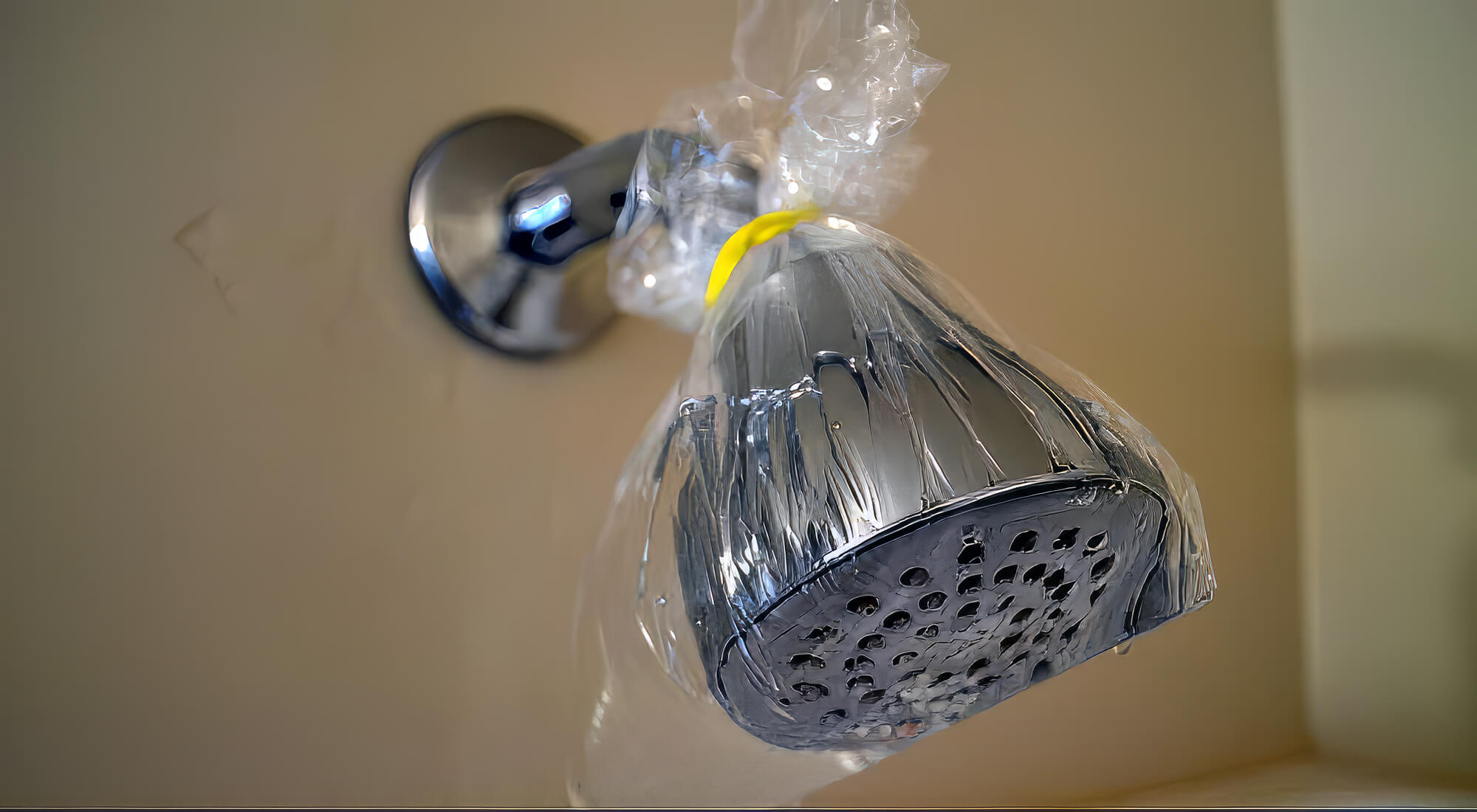
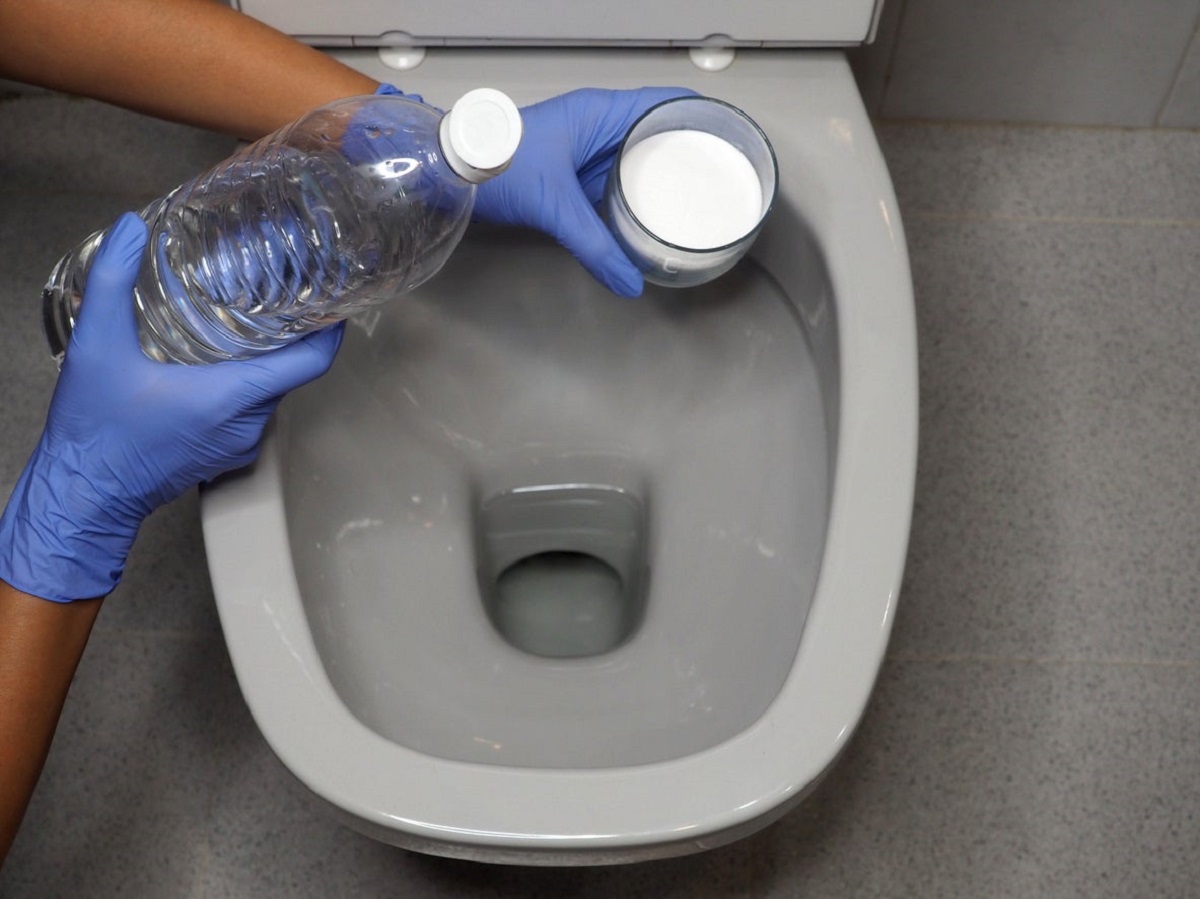
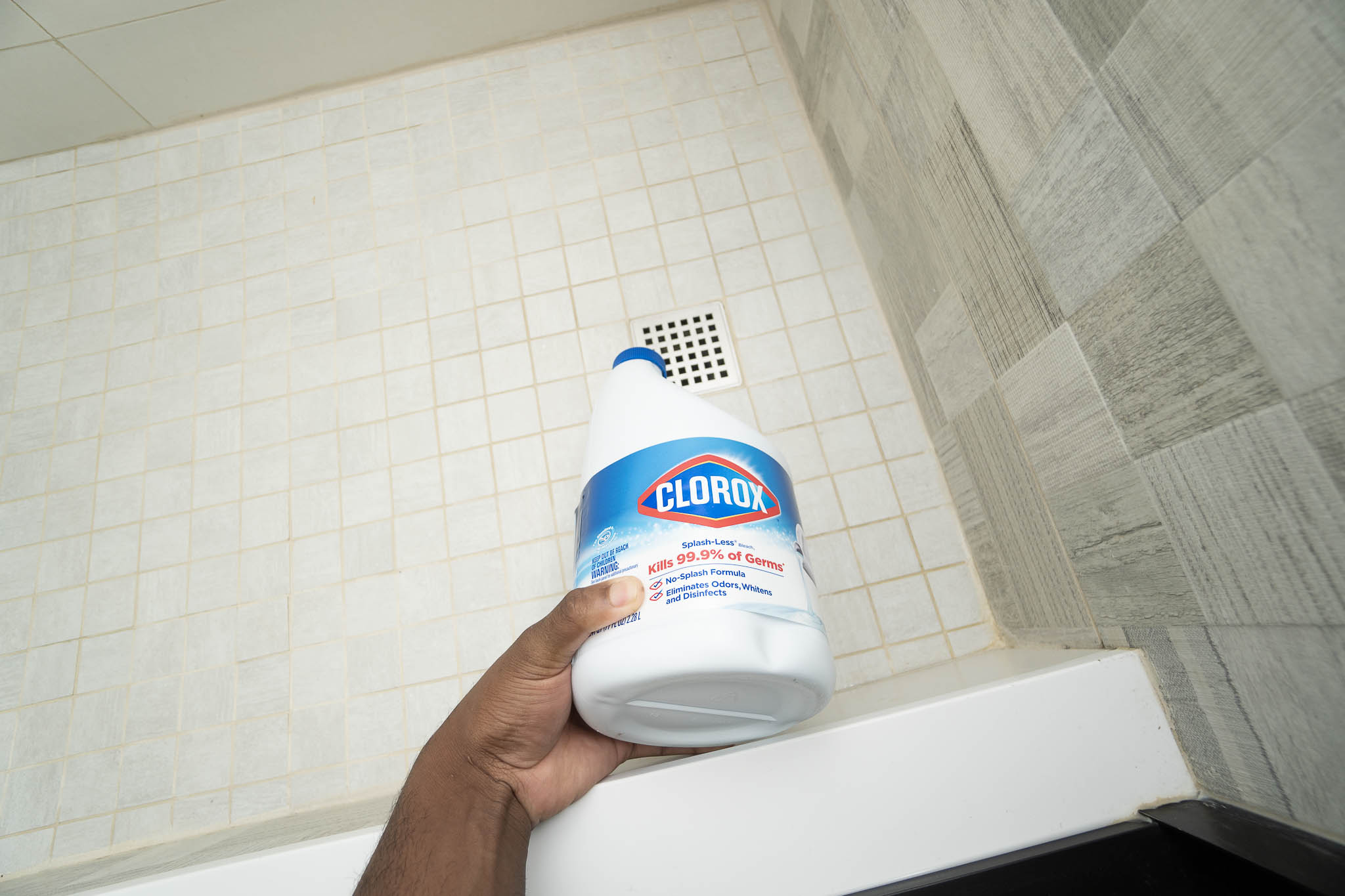
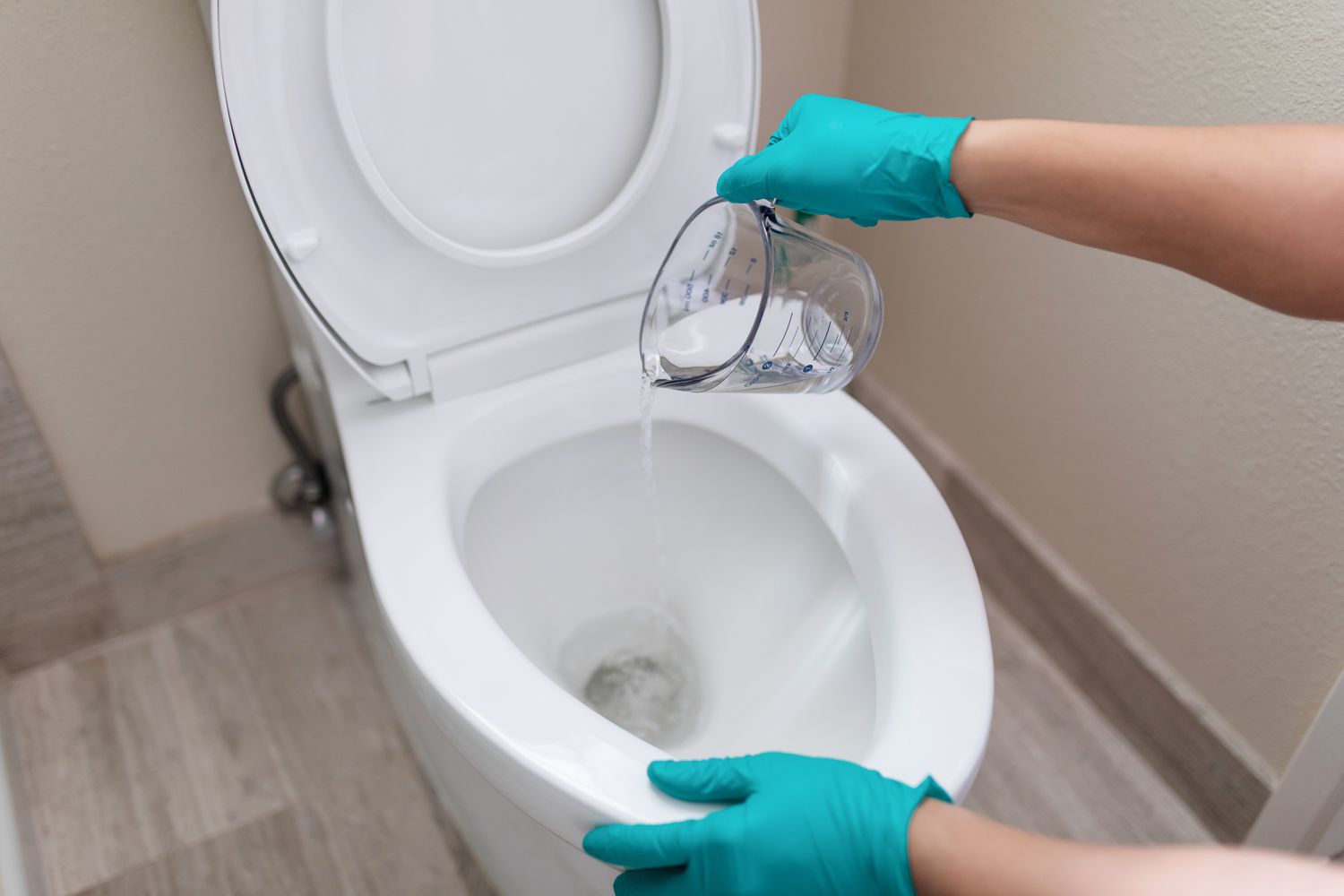
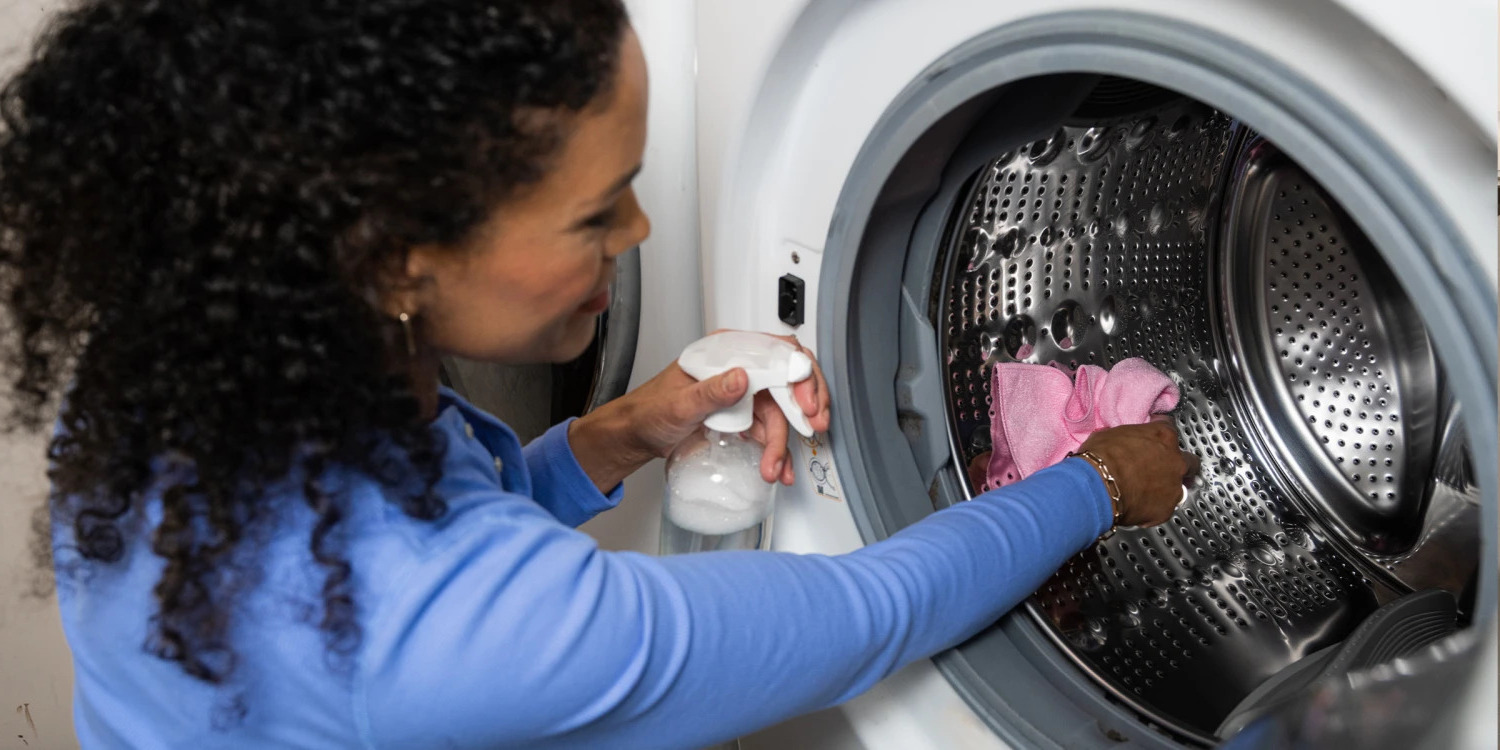
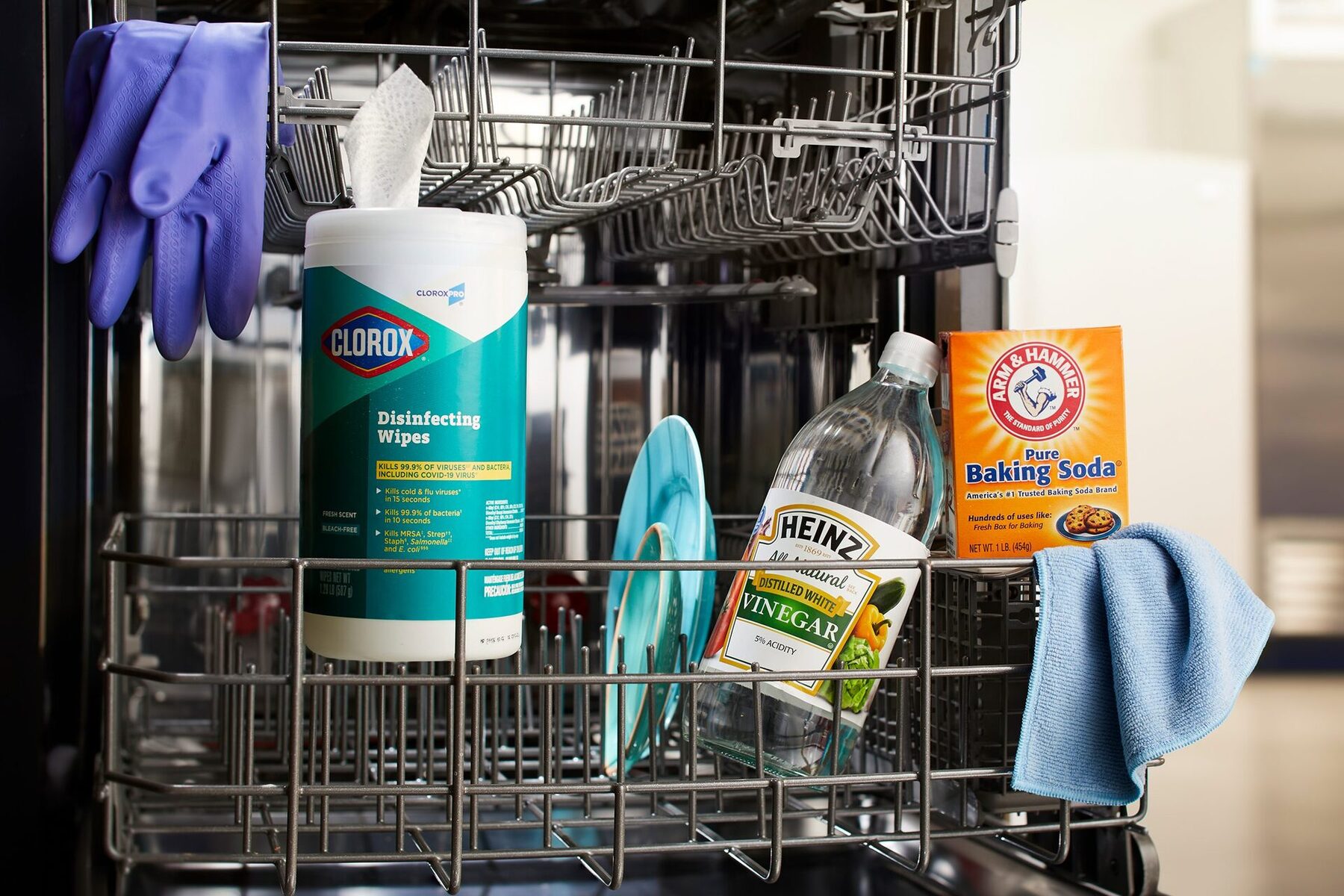
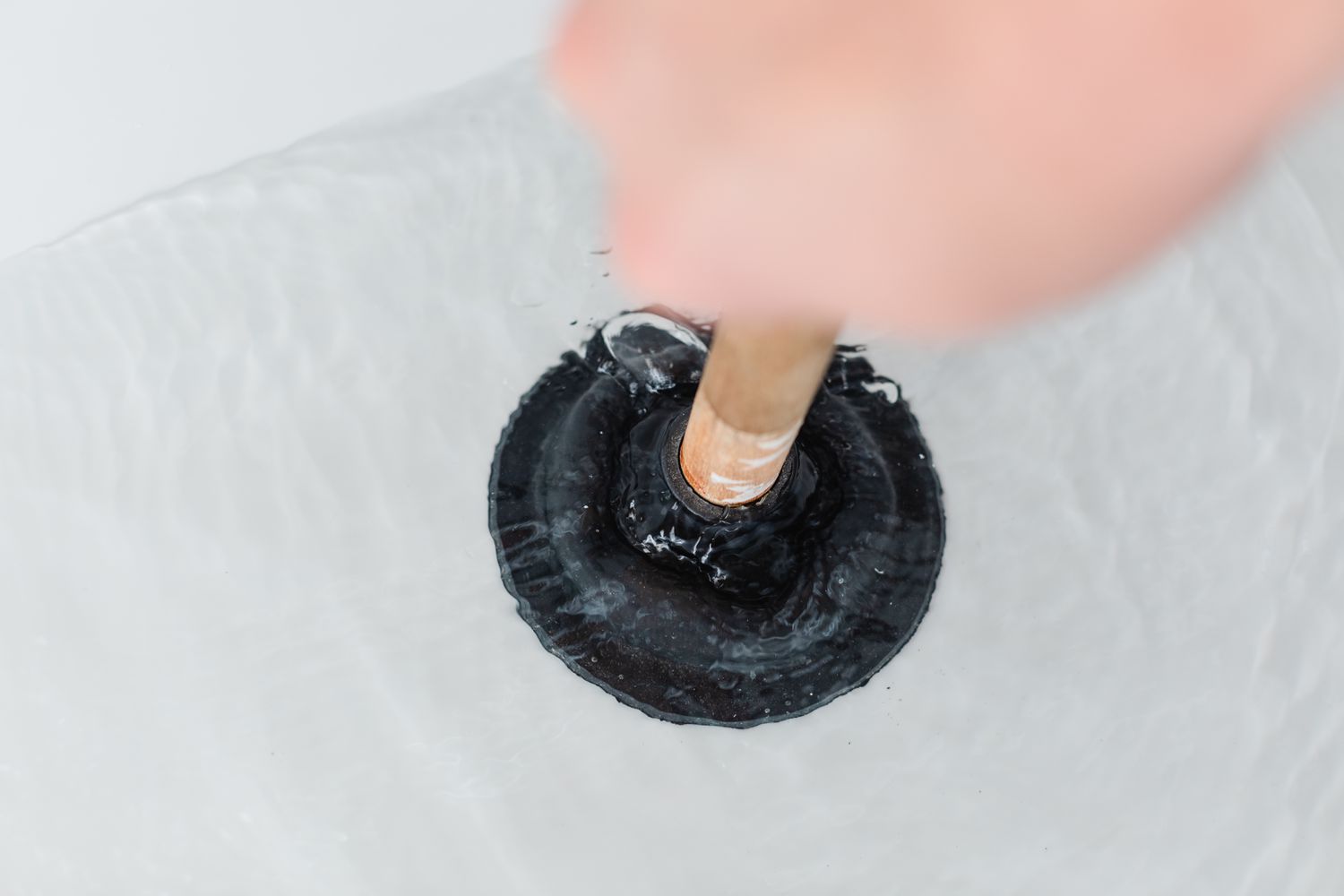
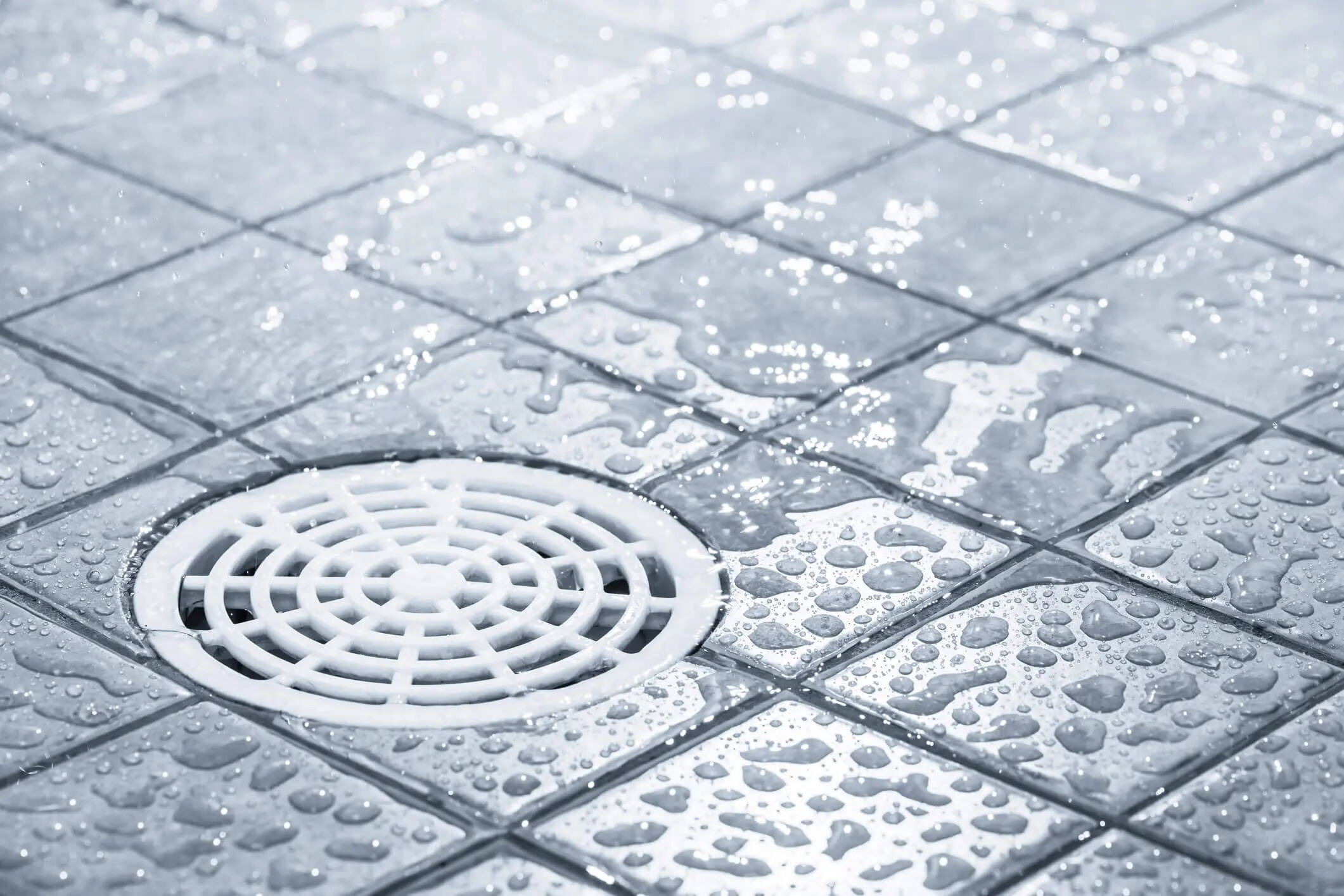
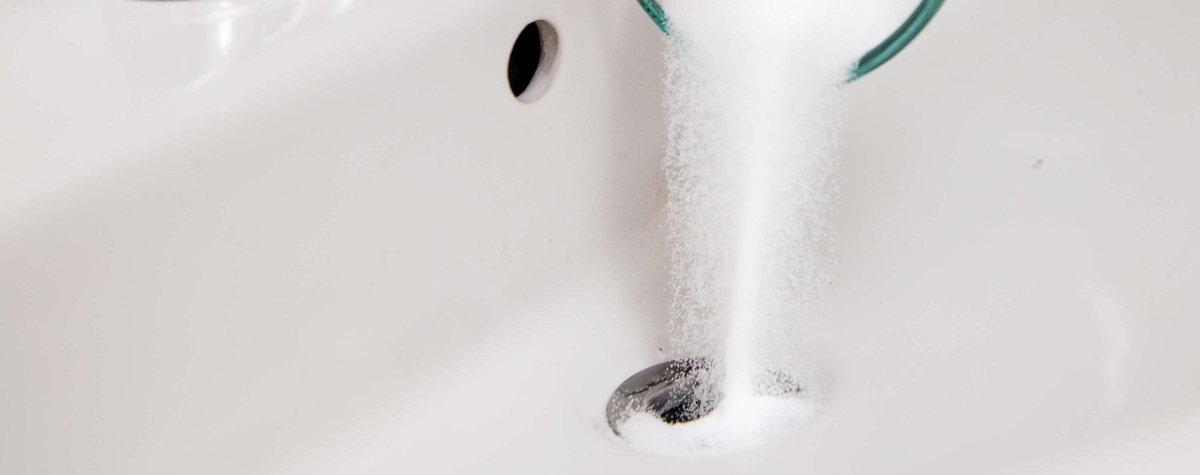
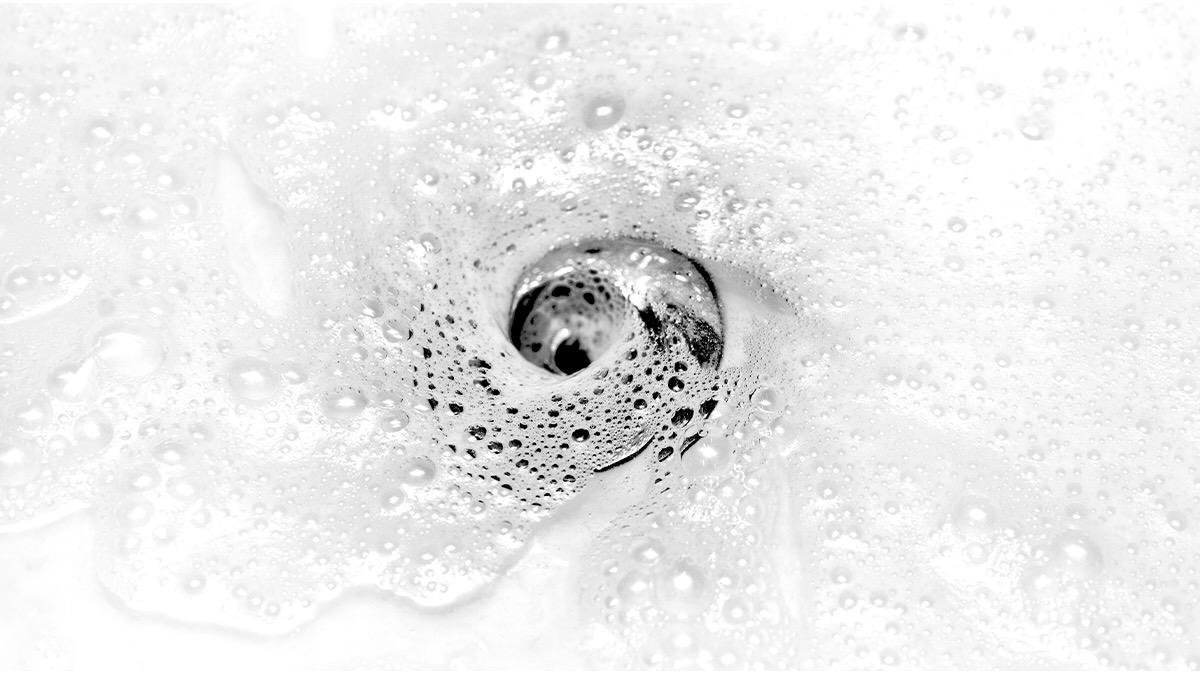

0 thoughts on “How To Unclog A Bathtub Drain With Vinegar And Baking Soda”